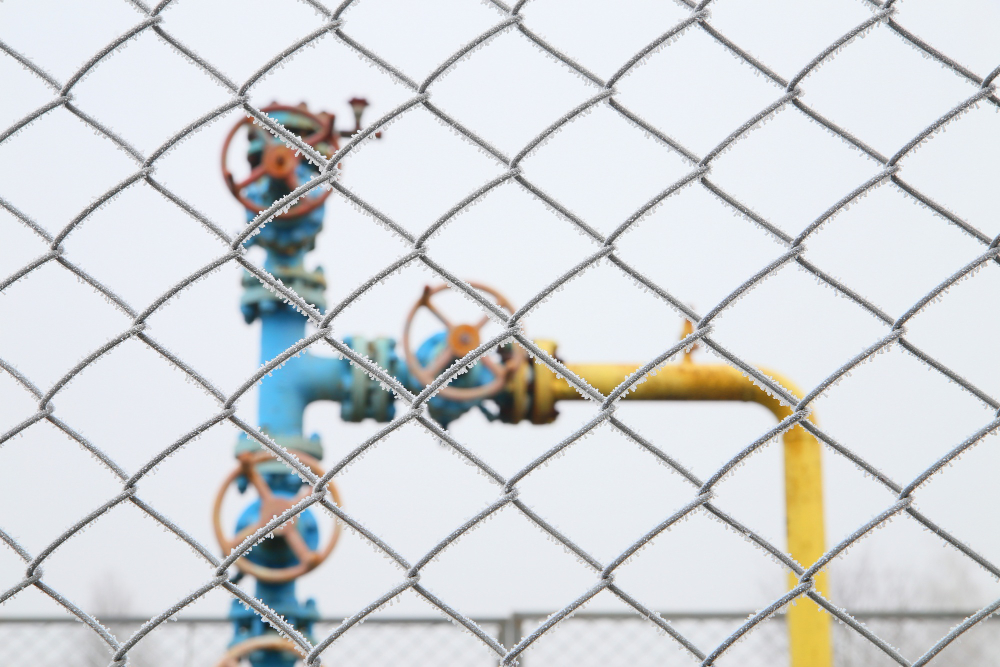Table of Contents
ToggleWhen it comes to flanged ball valves, not all end connections are created equal. There are distinct standards and specifications that govern the design, dimensions and ratings. If you’re looking at purchasing new flanged ball valves, you’ll likely come across three common designations – ANSI, JIS and ASME. But what do they mean? And how do they differ?
- ANSI (American National Standards Institute) ball valves are widely used in the United States and adhere to ASME (American Society of Mechanical Engineers) standards.
- JIS (Japanese Industrial Standards) ball valves are designed to meet the requirements of the Japanese market and are commonly used in Asia.
- ASME (American Society of Mechanical Engineers) standards provide guidelines for the design, construction, and testing of various types of valves, including ball valves.
In short – they represent different flange dimensional standards from various organizations. Understanding the key differences is important to ensure compatibility and proper performance in your piping system. Let’s take a closer look.
ANSI Flange End Ball Valves
ANSI stands for the American National Standards Institute. Their standards cover dimensional requirements for many types of flanges used in the U.S. and North America.
Specifically for flanged valves, the ANSI B16.5 standard governs cast carbon steel flanges and flanged fittings. It provides precise specifications for face-to-face dimensions, bolt hole patterns/diameters, pressure-temperature ratings, facings and more. Critically, it ensures interchangeability between valves and piping components from different manufacturers.
Beyond B16.5 for cast flanges, there are separate ANSI standards that define dimensions for forged carbon steel flanges (B16.47), low pressure cast flanges (B16.1) and higher pressure/temperature applications.
JIS Flange End Ball Valves
JIS is the Japanese Industrial Standard specification. Their JIS B2220 covers the dimensional requirements for raised face flanges, while JIS B2238 governs ring joint flanges commonly found in refineries.
Some key differences from ANSI are that JIS flanges:
- Use metric dimensions instead of imperial units
- Have a smaller bolt hole diameter and lower bolt counts
- Incorporate a unique groove in the raised face to aid gasket compression
Compatibility is limited since JIS flanges are not interchangeable with ANSI flanges without special adapter flanges or gaskets. JIS flanges are popular where Japanese or Asian-made equipment is used.
ASME Flange End Ball Valves
The American Society of Mechanical Engineers (ASME) codes cover pressure vessel construction standards, including flanged connections. While not a dimensional standard itself, valves built to ASME B16.34 adhere to:
- Using ANSI B16.5 flange dimensions
- Specified design criteria like allowable stress levels and pressure-temperature ratings
- Strict quality control and testing
So, ASME represents a stamp of approval to indicate the valve meets their safety and performance guidelines versus prescribing the dimensional specs.
Many flange end ball valves are dual-certified to both ASME B16.34 and the applicable ANSI flange standard for maximum global acceptance and traceability.
Other Flange End Connection Types
Beyond ANSI, JIS and ASME, you may also encounter the following connection while looking for the best flanged ball valve:
- DIN (German Standard) flanges
- HG (Ministry of Chemical Industry standards) flanges
- JB (Ministry of Machinery standards) flanges
- GB (national standards) flanges
Each has its own unique specifications, pressure ratings and regional prevalence. Consulting the relevant codes is essential if compatibility is required.
Conclusion
With myriad flange options available on the market, it pays to understand what you’re getting. Mixing incompatible flanges can lead to leaks, failures, and unnecessary costs.
Reputable flange end connection ball valve manufacturers like Xintai Valve will build their flanged ball valves to globally-accepted standards and provide clear documentation. That gives you the confidence the valves will integrate seamlessly and perform reliably in your system.










